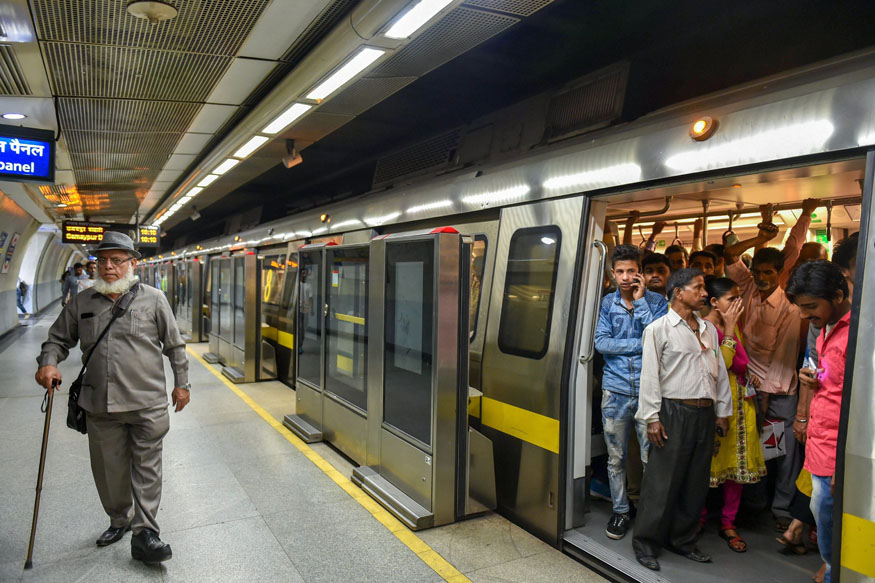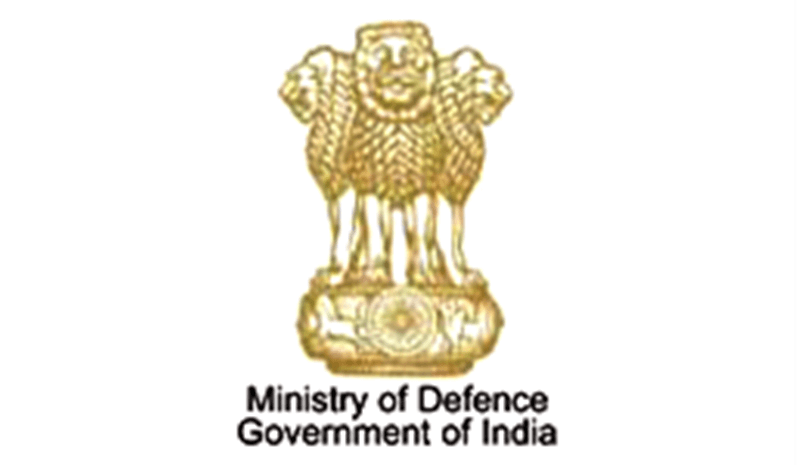
The Ministry of Housing and Urban Affairs in an advisory issued to the States, Union Territories, Cities, and Metro Rail Companies has suggested a three-pronged strategy which may be adopted in a phased manner [Short (within 6 months), Medium (within 1 year) & Long term (1-3 years)]. The advisory sent by Sh Durga Shanker Mishra, Secretary, Ministry of Housing and Urban Affairs’ suggests:- i. Encourage & Revive Non-Motorised Transport (NMT)-As most of the urban trips are clocked in under five kilometres, NMT offers perfect opportunity to implement in this COVID 19 crisis as it requires low cost, less human resource, easy & quick to implement, scalable and environment friendly. ii. Recommencing Public Transport with greater confidence of Commuters-Public transport is the backbone in urban areas especially for the low/middle income commuters for which these services are the mainstay of their daily transit needs. However, it is imperative at this stage that transmission of infection through usage of public transport should be curbed by adopting the right sanitization, containment and social distancing measures. iii. Active utilization of technology to curb the spread of virus- Enabling technologies such as Intelligent Transportation System (ITS), indigenous cashless and touch less system like BHIM, PhonePe, Google Pay, PayTM etc.and National Common Mobility Card (NCMC)will reduce human interaction, in operations of public transit systems.The advisory has been issued in view of COVID-19 pandemic which has suddenly impacted our way of life and that of our local, regional and global transport systems. 1.Evidence shows that there is a steep drop in public transport ridership volumes by 90%. Further, it has been observed that there is upto 60% reduction in air pollution. Re-establishing the earlier level of ridership in public transport is a big challenge for cities, as people may be looking for more options especially personal modes that allow for safer travel in the post lockdown scenario. 2. In order to avoid resurgence of car and other private vehicle usage, many cities around the world have encouraged e-ticketing, digital payments and reallocating street space for cycling and pedestrians through street closures, creating Non-Motorized Transport (NMT) priority zones, pop-up bike lanes & sidewalks, providing parking and charging equipments and financing options to make cycling more accessible. Some of the important initiatives taken recently in view of COVID-19 to promote NMT by these cities are as follows:• New York has added 40 miles of new NMT lanes to support cyclists;• Oakland, USA has closed 10% of its streets for motor vehicles;• Bogotá, Colombia has added 76 km of cycle overnight;• In Milan, Italy, 22miles of streets has been transformed to cycling lanes• Auckland, New Zealand has removed on-street car parking and built up 17 km of temporary bike lanes in addition to widening of existing bike and foot paths.Also, city has developed a program to fund pop up bike lanes;• Promotion of bike sharing in China has led to 150% increase in trips nationwide during lockdown; and• In UK, local businesses relocate road space for pedestrians to allow residents to respect social distancing guidelines, while queuing outside shops 3. Various studies conducted by MoHUA show that about 16-57% of urban commuters are pedestrian and about 30-40% of commuters use bicycles in the country depending on the size of the city. Considering this as an opportunity, elevating the priority of these modes in this testing times gives travellers another private vehicle alternative, which is clean, safe, secured particularly, if it is integrated with other modes and affordable for all. This area is one of the thrust areas of National Urban Transport Policy-2006[NUTP-2006]. It will also generate employment opportunity for the work force in NMT industry. 4. India has a robust 700 Kms of operational metro rail in 18 major cities and a BRT network of about 450 kms operational in 11 cities across the country carrying 10 million passengers daily. But due to the social distancing norms being practiced, their capacities would be utilized at 25 to 50 percent of pre-corona virus levels. Such dramatic and dynamic changes in demand and supply will require complementing these public transport systems with alternative modes of transit. 5. MoHUA has undertaken several rounds of discussions with the subject matter experts, Industry experts, operators, World Bank and other eminent urban transport experts in the country and other parts of world, who have clearly outlined, that there will be change in characteristic of urban mobility post COVID-19. With a sense of insecurity in the minds of the public in travelling in public transport during these testing times, in all possibilities, there will be increase in number of private vehicles on road, which will not only create pollution but eat away space for other modes of public transport besides adversely affecting road safety and increase air pollution level and serious congestions on the roads. 6. However, in India, where ownership of personal modes is still at relatively low level and a large majority of public transport users are captive users with limited transport options, providing safe and reliable mobility options for these users will be a priority for cities, especially those that can no longer be catered owing to the capacity constraints imposed by social distancing. Public transport, both buses and metro, form the backbone of many cities, and with more than halving of capacity, cities will need to ensure alternative mobility options to keep their cities moving as the economies restart. 7. COVID-19 has given us opportunity to visit different Public Transport options and come out with solutions, which are green, pollution-free, convenient and sustainable. Such a strategy has to give major focus on Non-Motorized Transport and Public Transport with use of technology in a big way for making all kinds of payments before or during the transit and providing information system to commuters. Even the shopping area should and gradually be pedestrianised to decongest them and make them more accessible to public for a pleasant and safe experience.
";

.jpg)